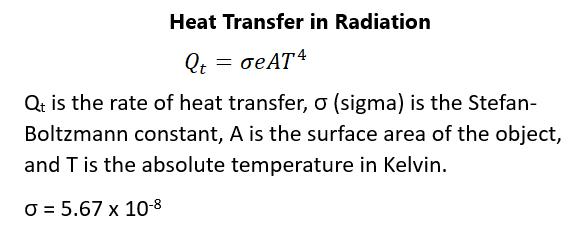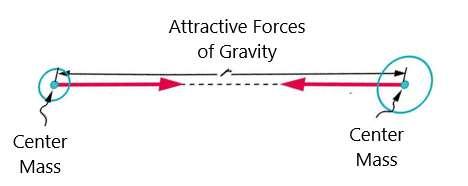ELECTRIC POWER AND ENERGY Power in electricity is the rate of energy conversion or electric power. Lightbulbs have power ratings in Watts, like 25-watt bulbs and 75-watt bulbs. Because the voltage is the same, the resistance of a 75-watt bulb is lower than that of a 25-watt bulb. Power is the rate at which energy is moved or the potential energy divided by time or the charge multiplied by the voltage divided by time. Because the current is the charge over time, the power is equal to the current times the voltage. The units of electric power are watts or joules per second. In some applications, power can be described as voltamperes or kilovolt-amperes. Figure 123 shows the relationship between power, voltage, resistance, and current:
Figure 123.
What can be determined is that, the lower the resistance connected to a voltage source, the greater the power that is delivered. It means that, when the voltage is doubled to a 25-watt bulb, its power will quadruple, which will probably burn it out. When it comes to the cost of electricity, the more one uses appliances for the longer period of time, the more electricity will cost. Power is energy divided by time so energy used by a device is its power over a period of time. The energy units on an electric bill is kilowatt-hours, which is consistent with what energy is. You are paying for energy and not necessarily for wattage or current. One kilowatt-hour is equal to 3.6 x 106 Joules of energy. You can reduce an electric bill by changing from incandescent bulbs to
263




































































